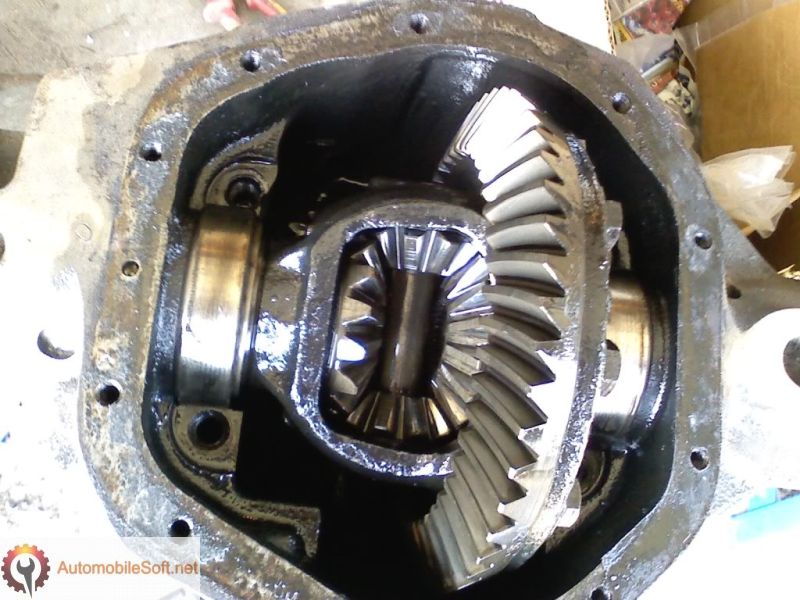The electronic control unit continuously receives data from the ABS sensors, wheel speed on wheels. If the ECU detects a wheel slipping, it applies brake pressure to match the speed to the second wheel that does not slip. This leads also torque to the wheel with better traction, which is able to transfer more power.
EDL advantages are most evident during acceleration or hill climbing with reduced traction under one of the wheels.It is a system with a seemingly limited contribution to road safety since it acts on after leaving from the place. In reality, this system has a significant contribution given that the conditions of low adherence, the driver does not have to run at a higher speed or avoid the stops that could make it impossible to restart. This is possible due to the fact that the system brakes the wheel with little or no adherence (via ABS system) which determines the transfer engine torque (through differential) to the wheel with more grip, thus facilitating start from a stop. If a wheel begins to slip, the system brakes the wheel up to the level required to ensure a adequate traction. EDL is a component of the ASR traction control system.
EDL enhances driving and steering attributes while speeding up on road areas where every tyre has a distinct level of grip. The system runs automatically and is combined with the ABS system. Utilizing the ABS tire sensors, EDL monitors the speed of the specific driving wheels. Whenever a variation in driving wheel rate is noticed (i.e. whenever one wheel begins to spin as a result of differences in street surfaces, e.g. because of water or dirt) the system brakes the spinning wheel, transferring motor energy to the wheel with the best traction. If one tyre begins to spin, the electronic differential lock will brake the tire as needed, directing power to the wheel with better traction in the process.
The electronic differential lock allows soft, secure starts on split-friction street surfaces with different levels of grip. EDL reduces tyre wear and works at speeds of up to around 40 km/h – 25 mph (4MOTION: up to about 80 km/h – 50 mph). As a software function, it forms part of the electronic stability control (ESC) and traction control (ASR).
EDL is not actually a differential lock, but operates at each wheel. Sensors keep track of tyre speeds, and if one is spinning greater than 100 RPM more than the other (i.e. slipping) the EDL system briefly brakes it. This transfers more power to the other wheel, but still implements the open differential, which is the same as on vehicles without the EDL option. Electronic traction control systems could be incorporated with anti-lock braking systems, which have the same action on braking and use some related parts.
Electronic differential lock (EDL)
Electronic Differential Lock (EDL) has the ability to use individual wheel brakes (ABS sensors monitored) to limit individual wheel spin. It was implemented in both front and rear axles differences to operate at speeds up to 80 km / h. This as if in case a wheel loses traction, allowing a transfer of a higher torque at the other wheel that have a better traction.
EDL is an electronic system, using the existing Anti Lock Braking System (ABS), part of the Electronic Stability Program (ESP), that only brakes a wheel on a shaft, which allows, therefore, the transfer of torque on the spindle to wheels that have traction.
EDL detects individual wheels rotating through ABS, and applies the brakes to the wheel, thus transferring torque to the opposite wheel through open differential, that has more traction.




Geany
Wohh just what I was searching for, thanks for putting up online.
David Benzema
My brother suggested I might like this website for my homework. He was once totally right. This post actually made my day.
You just can’t know how so much time I had spent for this info!
Thank you!
Natascha Heinzmann
Thank you so much. At last, I found an article which I am searching for an hour now. I hope that it will help me to do a essay.
King regards.